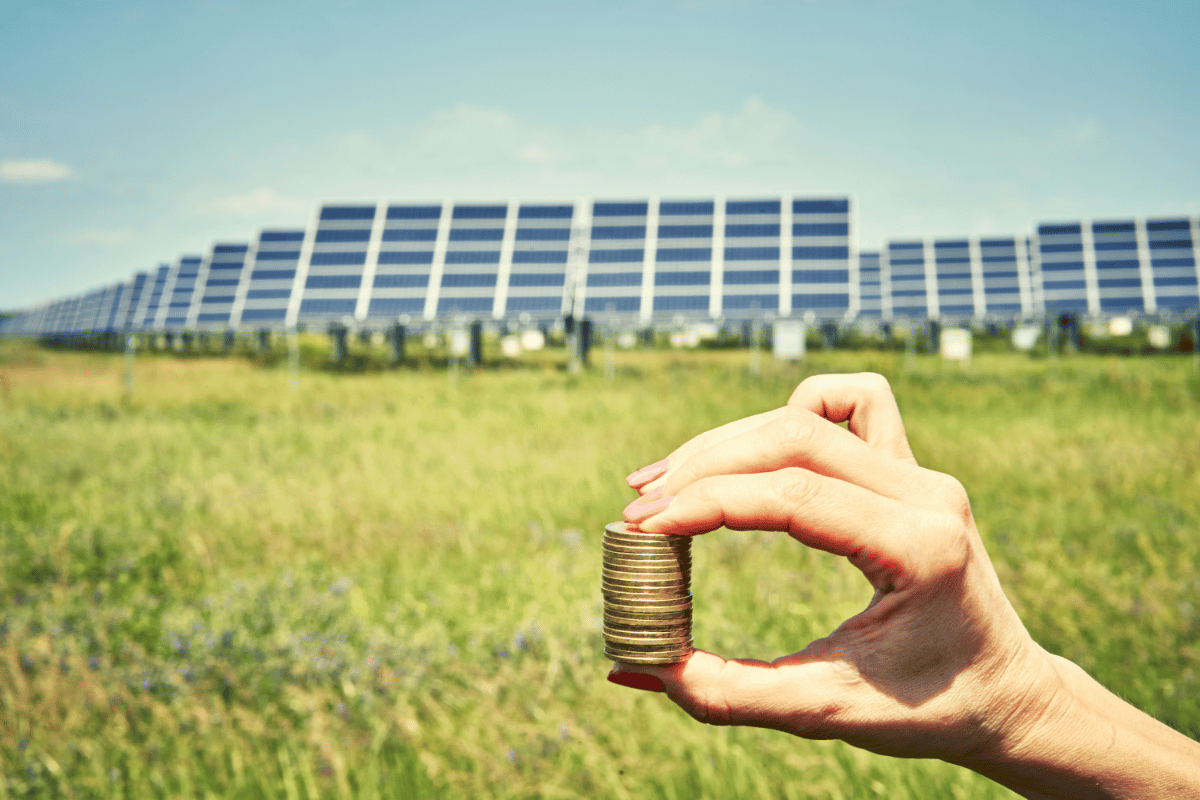Taking advantage of the abundant power of the sun and turning it into electricity can save on your energy costs. Your home’s energy demands, panel choice, and more factor into the potential for savings. Electricity rates vary based on your location and utility, which makes payback period calculations unique to each homeowner. However, some essential determinants are common to most solar payback periods.
Calculate Your Long-Term Costs
Table of Contents
While solar energy systems make for a wise long-term investment because of their price stability, it’s essential to understand how much you’ll save each month. A typical payback period is six to ten years, followed by decades of energy savings. The best place to start calculating your cost savings is with your current electric bills. Use your latest 12 months’ worth to figure out how many kilowatt-hours (kWh) you’re using per month, and then multiply that by the cost per kWh in your area. This will give you a good idea of your current energy costs and how much they’ll be after you install a solar system. You’ll also want to consider how inflation affects the future price of electricity, which may increase or decrease your savings over time.
Additionally, you’ll want to factor in any local or state-specific solar incentives, which will further reduce the upfront cost of a solar energy system. Once you know your energy usage and the price of electricity in your area, you can compare solar companies’ rates online. It’s recommended to comparison shop at least three to five companies, as some offer rebates and discounts that can further lower the price of your system. Additionally, it’s a good idea to look for reputable solar companies by checking their customer reviews, certifications, and Better Business Bureau profiles.
Future Energy Bills
Once your solar system is installed, the electricity your panels generate should offset a significant portion of your energy usage. This will decrease your utility bills significantly and help reduce your carbon footprint. Most utility companies offer various incentives for customers who use solar power. These incentives include rebates, tax credits, and discounted electricity rates. In the United States, the average homeowner that installs solar panels can save between 50 and 90 percent on their electric bills. Your electric bill is a comprehensive list of charges that includes the price you pay for energy used in your home or business. This amount can vary depending on your energy usage and other factors, such as the season when you consume the most energy, whether you have solar batteries, and more. The most essential item on your electric bill is your consumption charges. If you want to reduce your bill, consider reducing your energy consumption by changing habits or nipping any high-energy appliances or electronics in the bud. In addition to consumption charges, most utility companies impose other charges, such as delivery fees or time-of-use (TOU) rates, that can increase or decrease your cost per kWh. Additionally, some utility companies provide detailed usage profiles of their customers, which can be a great way to monitor your consumption habits over time.
Utility Bills
A few things need to be considered when calculating your energy savings. First, you should know how much electricity your home uses each month. This can be done by looking at previous electric bills, preferably from the past 12 months. Each bill should contain a list of how many kilowatt-hours were used each month, and this number will serve as the baseline for the other variables that will come into play. Once you understand how much electricity your household consumes, you can look at the solar potential for your home. Using the tool, you can enter your home’s electricity consumption data and other information, such as your solar system’s size and utility rates. Once you’ve entered all the variables, the tool will estimate how much your electric bill would be with solar. This is a rough estimate, but it will give you an idea of the financial benefits you can expect from your solar panels. It will also help you determine how long it will take for your savings from the solar power system to match up with the system’s upfront cost. This is known as your solar payback period.
Savings
The solar savings from your system are calculated by subtracting the kilowatt-hours (kWh) that your utility meter credits you for sending back to the grid from the electricity you use. The result is your yearly energy savings. It can vary from home to home depending on the size of your solar system, your average energy consumption, and more. Some solar power systems may also include a battery, which can further increase your savings depending on the size of the battery and the generous feed-in tariff offered by your utility. Many factors can affect your solar savings, including your location’s climate and how many peak sun hours you receive daily. Your savings are also impacted by your state’s utility rates, which fluctuate over time. In general, rising utility rates are more expensive than lower ones, so as rates rise, your solar savings can become even more significant over the 25 to 30-year lifespan of your solar panels.

